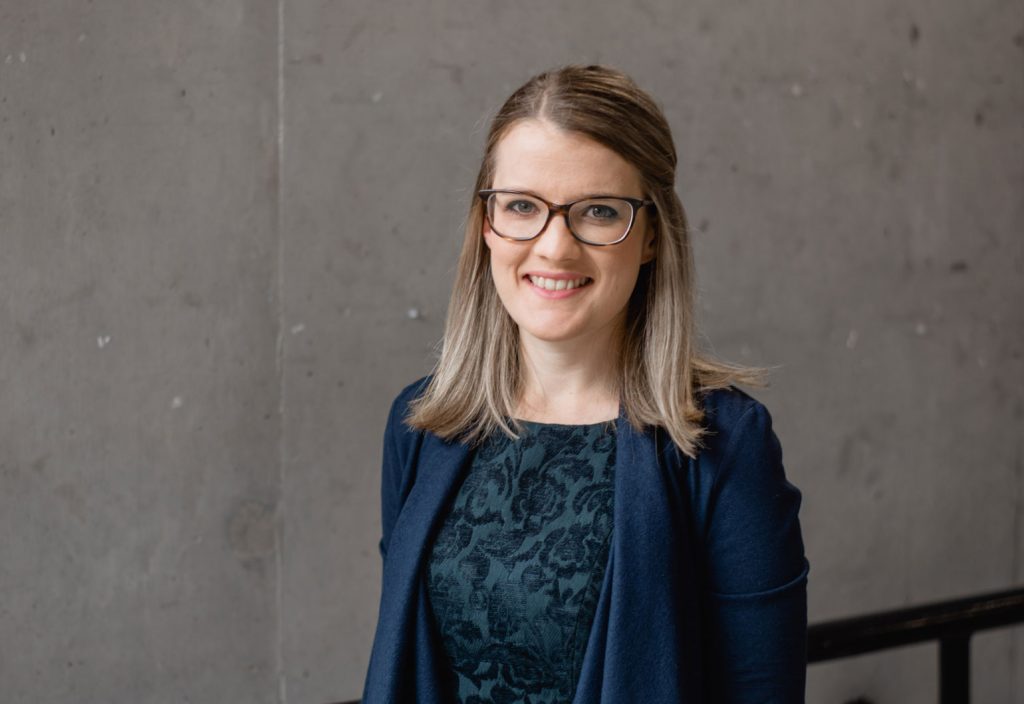Felicity Furey never expected to be an engineer. It wasn’t until partway through university that she found her passion for engineering and things ‘clicked’. Now she’s working to inspire the next generation of engineers.
After success in the industry, running two not-for-profits dedicated to getting more girls into maths and engineering, Furey has become a partner at Swinburne’s Engineering Practice Academy.
“I hated maths,” says Furey of her time in high school.
“At the time I thought, ‘why would I want to do engineering?’”
Not really knowing why, Furey ended up putting engineering as a preference for university and before she knew it, she was thrown right in the deep end.
“The first year of engineering was really challenging because back then, they didn’t have the Engineers Without Borders or real-world projects, it was all very maths and science heavy — I almost dropped out,” she said of her first year of study.
It wasn’t until in her second year in an applied assignment that involved designing a housing estate that Furey began to develop a love for the field.
“I started to learn how psychology can affect road design and communities. I thought, ‘wow, this is really cool, we’re actually designing things for people’,” she said.
“That had never been highlighted to me before and that’s when I started to really enjoy it.”
Designing for people
After graduating, Furey began working in the industry, securing roles at AECOM, Brisbane City Council and Arup. But she still felt like she didn’t quite fit in.
“I never felt like I fit the ‘ideal’ of an engineer,” she says. This was compounded by the fact that she would often be the only woman in meetings or working on a project.
Spurred on by the lack of diversity, Furey decided to take on a new challenge and co-founded the not-for-profit Power of Engineering. Its goal is to empower a new generation of diverse engineers, educating them on why engineering can change the world.
“As engineers we get trained to analyse and process, but often we don’t think about the larger context that the project is in,” she said.
“It’s easy to forget that everything that we’re designing is for people and there’s human context. That’s been missing from how engineering is communicated to the general public, and also in how engineers think about engineering.
“We get trained to be so efficient and analytical that we don’t think about the ‘why’, more the ‘what’ and the ‘how’.”
Power of Engineering encourages young people to consider a diverse and creative career in engineering, particularly focusing on women, regional and indigenous students.
The organisation has now reached over 9,000 students across Australia through one day events and partnerships with industry and universities. Seventy-five per cent of students who were a ‘no’ to engineering before the day change their mind to a ‘yes’ after the event.
Furey also co-founded social enterprise Machinam, which motivates high school students to engage with maths through authentic, real world classroom resources. The resources In Real Life have been used in maths classrooms in over 25 schools across Australia.
Engineering Practice Academy
Drawing on all of her experiences and challenges, Furey recently joined Swinburne’s Engineering Practice Academy where she hopes to further promote diversity and the human factors of engineering.
Hearing about the Academy, Furey was struck by how much it aligned with her professional goals.
“The Academy just makes sense. I felt like I had to learn all about business and self-development through my own journey outside of my day job and this role at The Academy is just so perfect as it brings all of my experience together,” she says.
“By taking on new challenges and building my diverse skill set, I’ve actually come full circle and am in a position to influence and change engineering from the ground up in education at the Academy.
“I wish I had something like this when I was at university.”
Furey is using her experience to help bring industry projects into the Academy and working with the curriculum team to make sure that they align with what the students — or, as they’re know at the Academy, ‘associates’ — need to learn.
“My experience mirrors that of what we are preparing the associates for, as they will be faced with even more diverse and complex challenges as they enter their careers,” she says.
“Creating engineers with a people and self-development focused skill set is critical for engineers to be placed to solve the challenges of the future and the ones we are facing right now – climate change, food waste and drought.”
“This role is like solving a complex engineering project by creating change in engineering education and the engineering industry. This is what we should be telling young people and the community that engineering is all about – being creative, solving problems for people and making change happen.”
Industry interested in creating the new future of engineering can get in touch with the Engineering Practice Academy.
